For a long time, when we talked about blockchain games, it was based on smart contract platforms like ETH. The reason is obvious, either to go the route of asset on-chain GameFi, or the route of full-chain game with on-chain status. Regardless of which route, using smart contracts is the simplest way to implement it. However, the emergence of "铭文" has brought about a different technical implementation for the BTC ecosystem to combine with indexers. This article will summarize the exploration of games, metaverse, and autonomous worlds in the BTC ecosystem, and see how "铭文" and blockchain games are combined.
Another Implementation of Full-Chain Games
For a typical asset on-chain GameFi game, whether issuing NFTs or FT tokens, a smart contract platform is still the best choice without any hassle. Can the popular full-chain game from last year be placed on the BTC chain? This statement may sound strange at first: the definition of a full-chain game is to write both game logic and assets onto the chain (logic is written into the smart contract virtual machine and assets are issued using smart contracts), so if you don't have smart contract functionality, how do you do it?
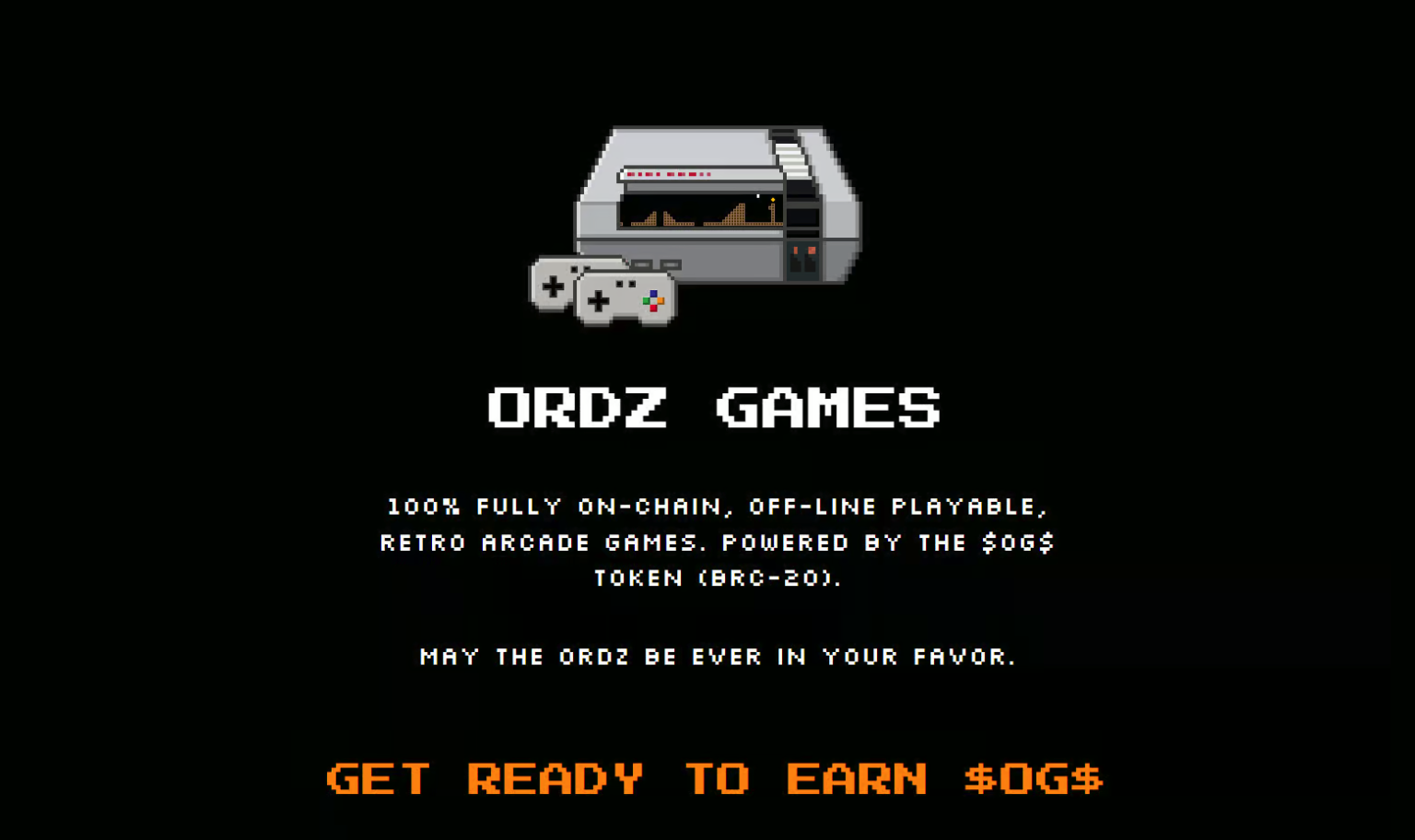
When I first saw Ordz Game (@OrdzGames) claiming to be a fully on-chain game based on BTC, I was also curious. As mentioned in previous articles, "铭文" can upload any file to the BTC segregated witness space, with a size limit of 4M. Domo uploaded "a piece of JSON format code for coin issuance" and created a market worth billions of dollars. So, what if you upload a game code to the chain? This is exactly what Ordz did.
For web-based mini-games, when players visit the game page, the code is downloaded to the local file of the browser, and then the entire game runs directly in the browser. Therefore, the "铭文 version of a full-chain game" only needs to provide online storage space for downloading the game code, and BTC's segregated witness space provides such a DA layer. The principle is as follows:
Development: Mini-games are usually developed using HTML, CSS, and JavaScript (JS). HTML is responsible for the page structure, CSS handles styles and layouts, and JavaScript is responsible for the core of game logic, animation, and user interaction.
Hosting: The developed game code and resource files (such as images, audio, etc.) will be uploaded to the BTC segregated witness space. In this way, users can load the game by accessing a specific URL through their browser. Although the game logic and execution are completely done on the client side (i.e., the user's browser), the game files still need to be downloaded from the chain to the client.
Loading: When users visit the game's web page, the browser will download HTML, CSS, and JavaScript files. These files contain all or most of the game's code.
Running: After the download is complete, the browser will parse HTML and CSS, build the page structure and style. At the same time, the JavaScript code will run in the browser's JavaScript engine.
Interaction: User interactions with the game (such as clicking, dragging, etc.) are handled by JavaScript, and the game updates its state and visuals based on these interactions. Because all of these processes are completed on the user's device, the response is fast and can provide a smooth gaming experience.
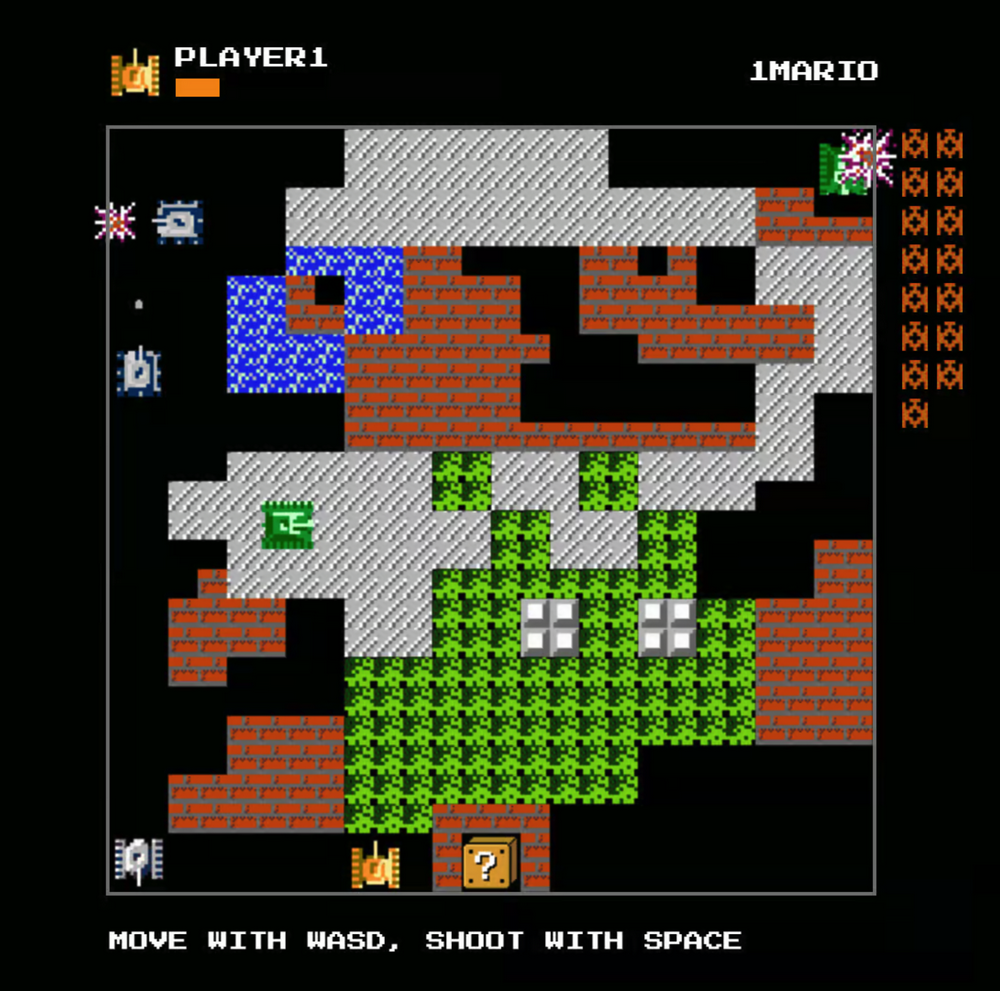
In summary, although Ordz did upload the game code to the chain, strictly speaking, it does not meet the definition of a "fully on-chain game," as all the game logic is executed off-chain. However, as a "铭文" mini-game of the GameFi type, it has its unique aspects and has also issued its own "铭文 BRC20" token as a utility token (ORDG).
Bitmap as a Metaverse Map
Bitmap (@bitmapdev) claims to be the first metaverse project in the Bitcoin ecosystem, proposed by Twitter user @blockamoto on June 13, 2023, and subsequently received some media attention and promotion. Bitmap is based on ordinal theory and bitmap theory. Ordinal theory assigns a sequence number to each sat, while bitmap theory is quite simple, defining the data structure of a block generated by Bitcoin every ten minutes as a map data and defining some data formats. The combination of the two means that each block is treated as an NFT map, and then this NFT is bound to a certain sat using ordinals.
The Bitmap theory itself only stipulates two basic rules:
Each block is defined as a "district," represented by the block height.
Each transaction within a block is defined as a "parcel," counted sequentially starting from 0.
So-called "铭刻" is to upload the sequence numbers of the district and parcel in a specific format to the segregated witness space and bind them to sats. For example, for block height 31209, the text "(31209.bitmap)" needs to be bound to the sat to declare ownership. For the 5th transaction in block 31209, the text "(5.31209.bitmap)" needs to be bound to the sat. However, currently only the owner of the "district" is allowed to engrave the ownership of the "parcel."
Other sub-rules, including the meanings represented by input/output and the number of transactions in a block, can be defined separately by different projects, resulting in 2D maps, 3D maps, VR maps, etc.
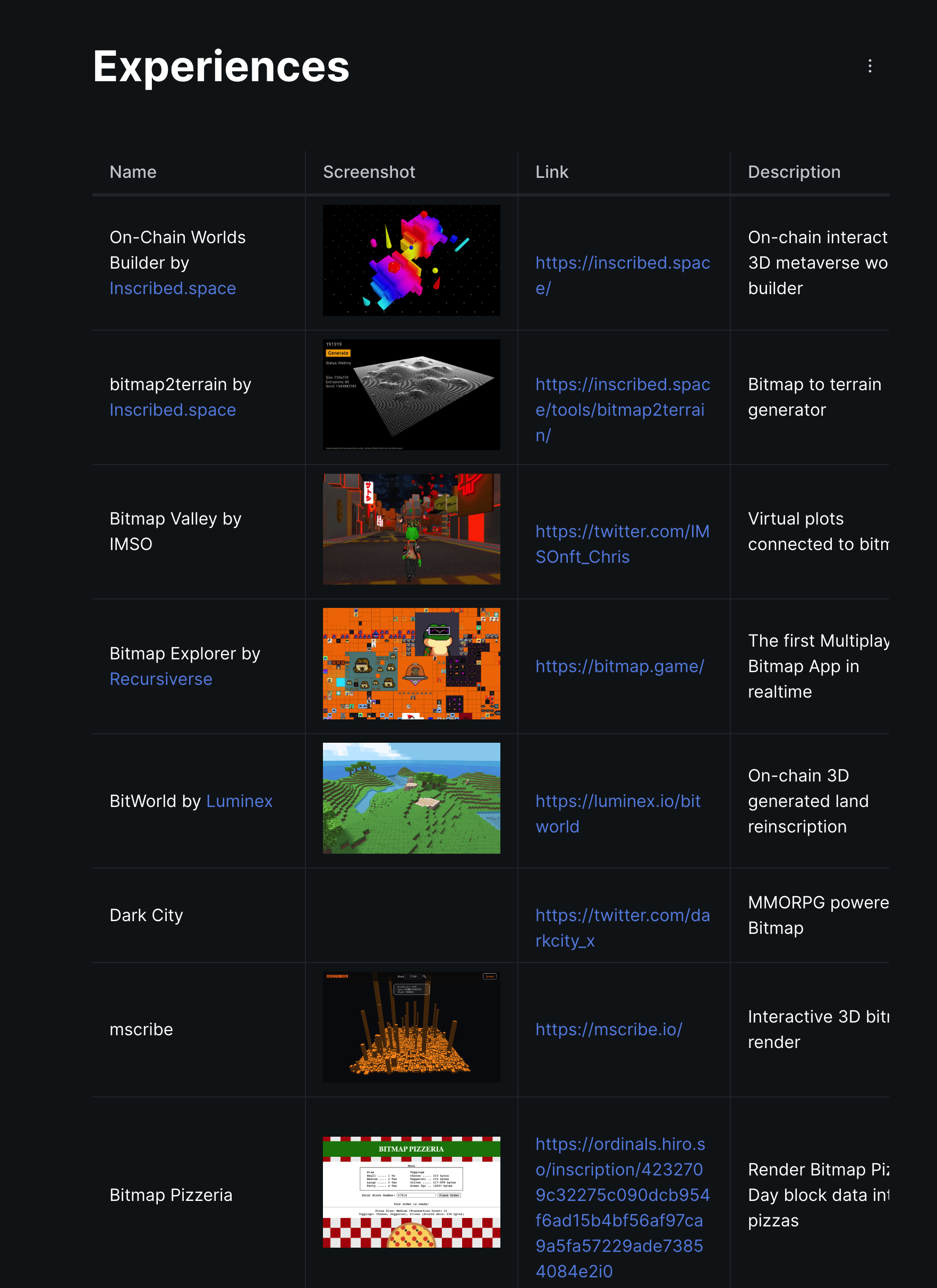
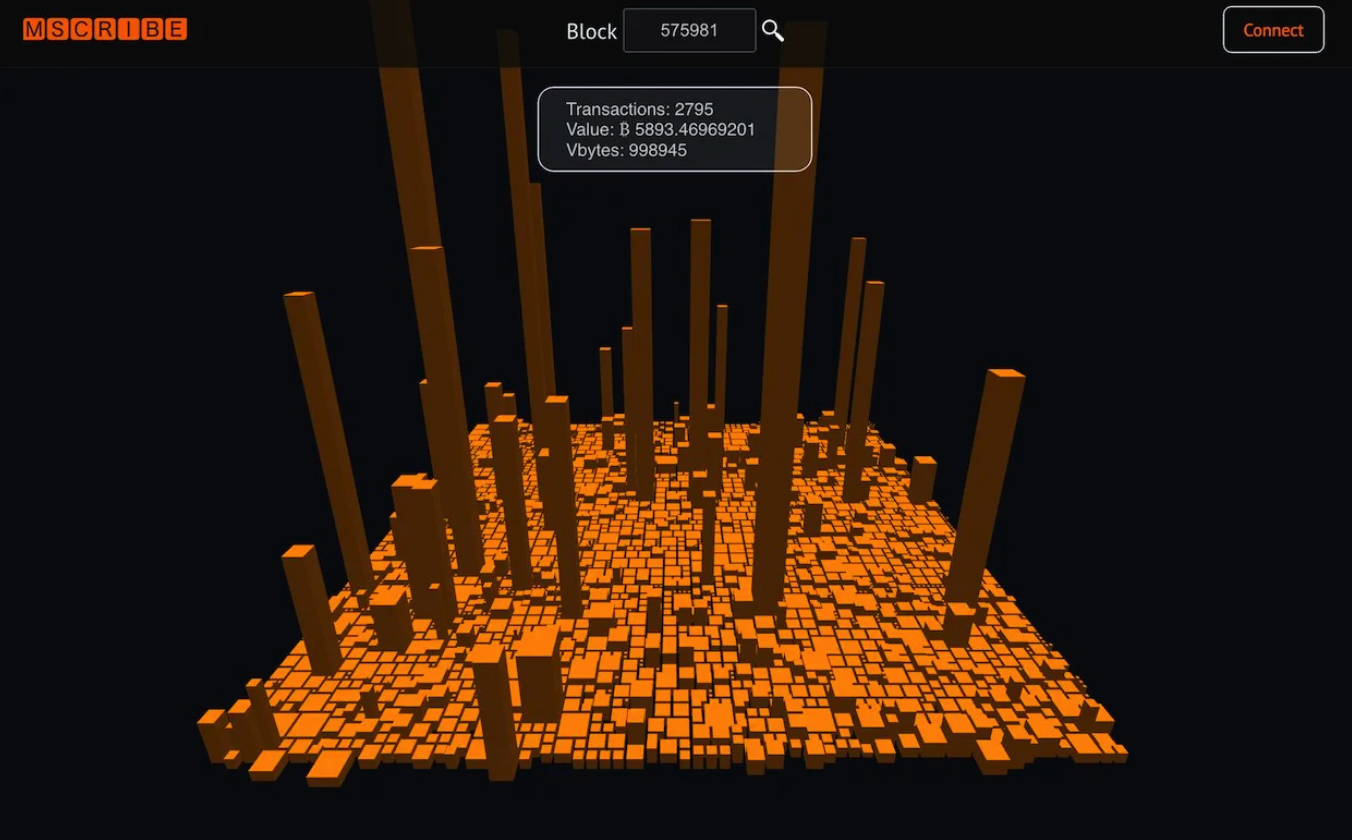
The well-known protocol BRC420 initially created the avatar and bitmap NFT interaction protocol (explored recursive "铭文" technology and token conversion aspects), forming the product bitmap.game, which is the most famous development team in the bitmap ecosystem. Subsequently, the team created the recursive "铭文" avatar generation platform (rcsv.io) and the BTC Layer 2 network Merlin Chain, and also changed the company name to Bitmap Tech. Therefore, it is important to note that Bitmap Tech and the Bitmap protocol are completely different.
During the genesis issuance phase, the total amount of Bitmap that can be minted is linked to the block height of Bitcoin. At the time of the standard release of Bitmap, there were already over 700,000 historical blocks. For historical blocks, users only need to pay the miner's fee to freely choose to engrave.
The total amount of Bitmap is linked to the current block of Bitcoin, with approximately one block produced every ten minutes. Therefore, in theory, the total amount is infinite. Every time Bitcoin generates a new block, a new bitmap that can be registered will be created (according to the rules, only the engraving registration initiated after the block is mined is valid), following the principle of first come, first served, allowing anyone to engrave the ownership of the block number.bitmap using the pure text ordinals "铭文" method. Therefore, there will be 144 new blocks available for registration every day. Currently, mainstream NFT exchanges also update the total amount of BITMAP in real-time.
In terms of total amount, bitmap NFTs are not scarce, so the current speculation revolves around some special maps. For example,
Special numbers, similar to 888.bitmap
Generated maps with special patterns based on official visualized data, similar to cryptopunks.
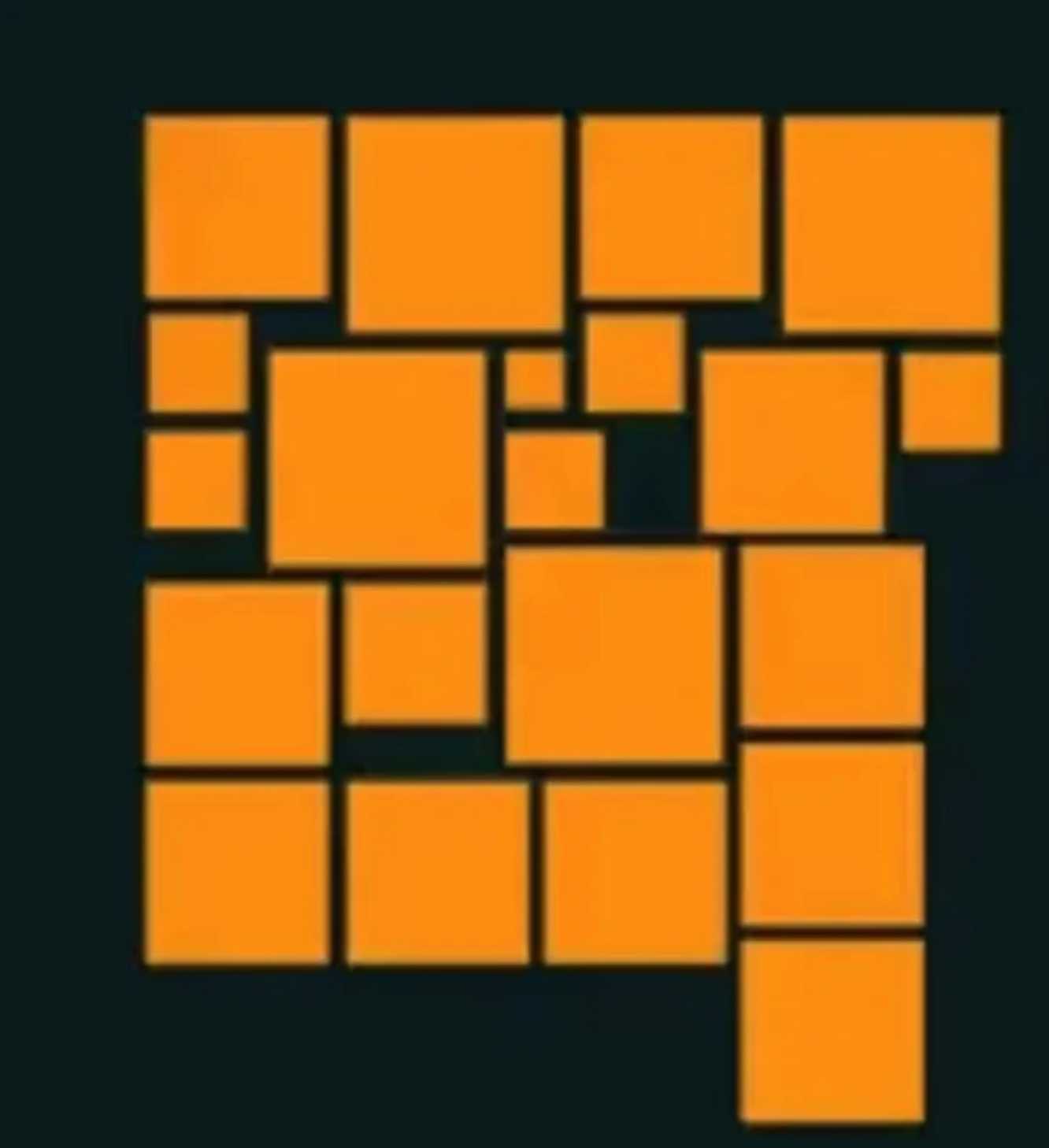
- Includes blocks with important historical events, such as the genesis block, pizza transaction block, and so on.
In terms of infrastructure, more exploration comes from front-end rendering based on block data. Here are a few examples:
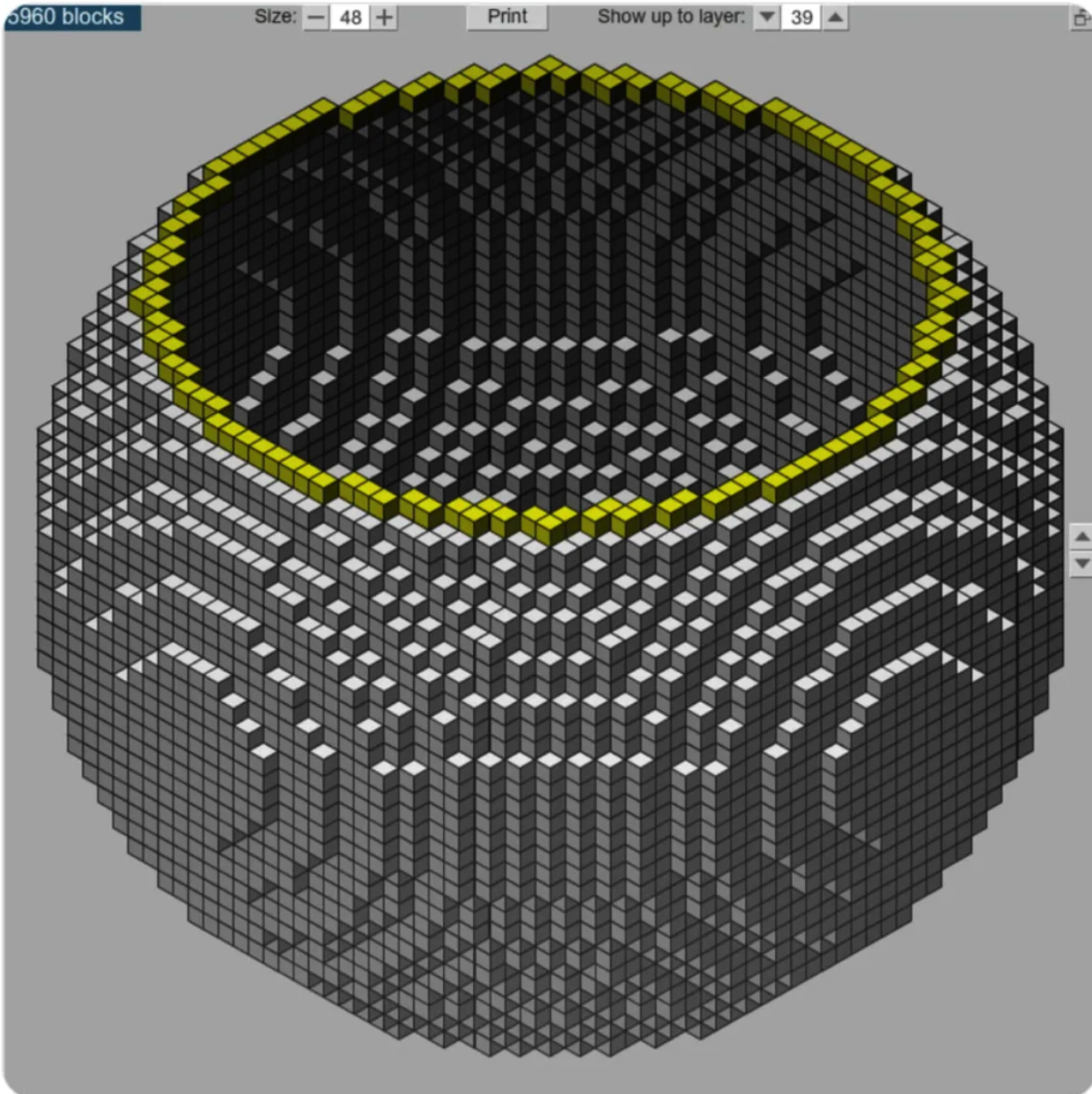
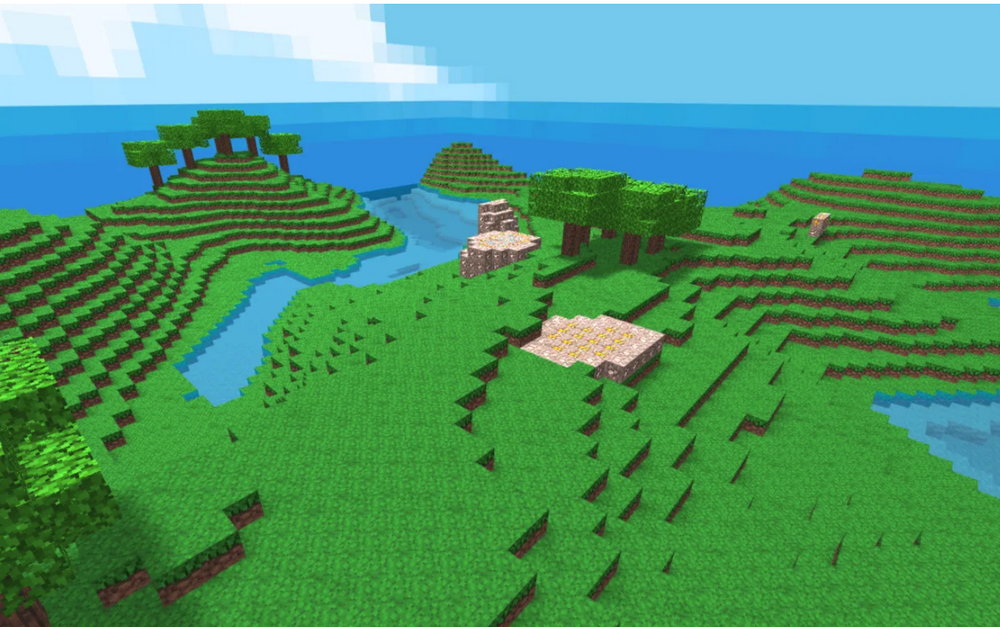
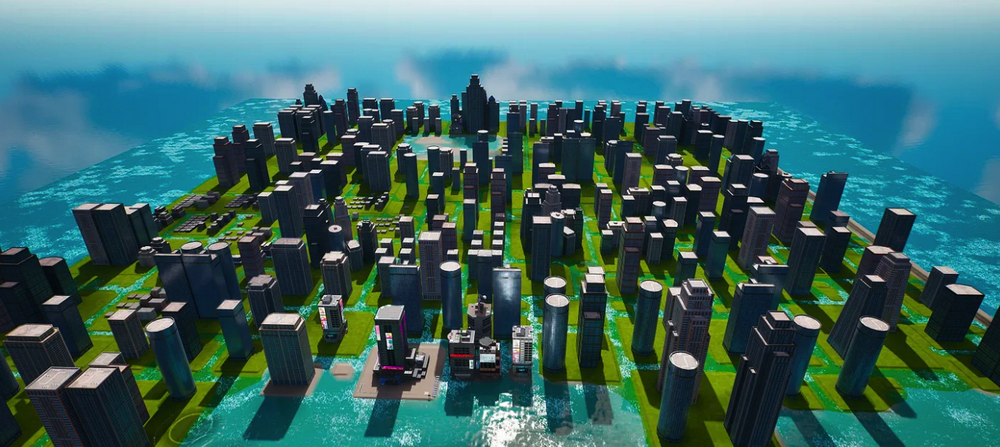
In summary, Bitmap is actually an asset tagging protocol that maps unowned assets, "Bitcoin blocks," into NFTs using the Ordinal protocol and Bitmap protocol, thereby activating the asset properties of the blocks and creating circulation and collectible value.
Bitcoin Ecosystem's LOOT
If Bitmap approaches the metaverse from the perspective of land, then rootverse (@ordinals_root) and BRC1024 (brc1024_pro) are attempting to enter the metaverse from the perspective of characters and equipment, similar to LOOT.
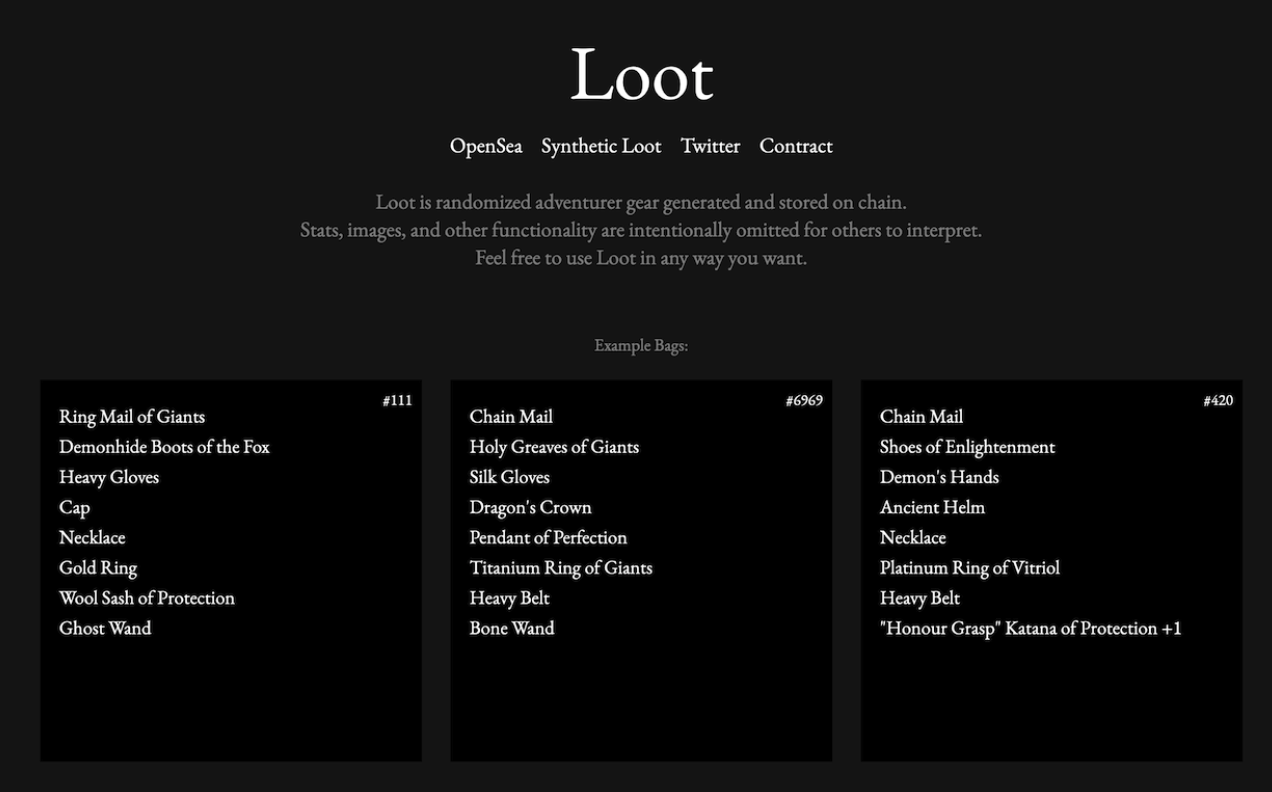
We are quite familiar with Ethereum's LOOT, which is a set of randomly generated text-based NFTs that define the attributes of equipment, laying the foundation for the rules of a metaverse. Others can derive combinability based on these text NFTs, such as 2D image presentation, 3D image presentation, story presentation, and so on.
BRC1024 is similar overall, defining parameters to define components of the metaverse. As shown in the image below, it indicates that the ROOT metaverse has a component called "character," with a sub-component called "warrior," with a maximum quantity of 20,000. The elements represent several attributes of this sub-component, with some attributes even having multiple options, such as the "skin color" attribute having two options, white and bronze.
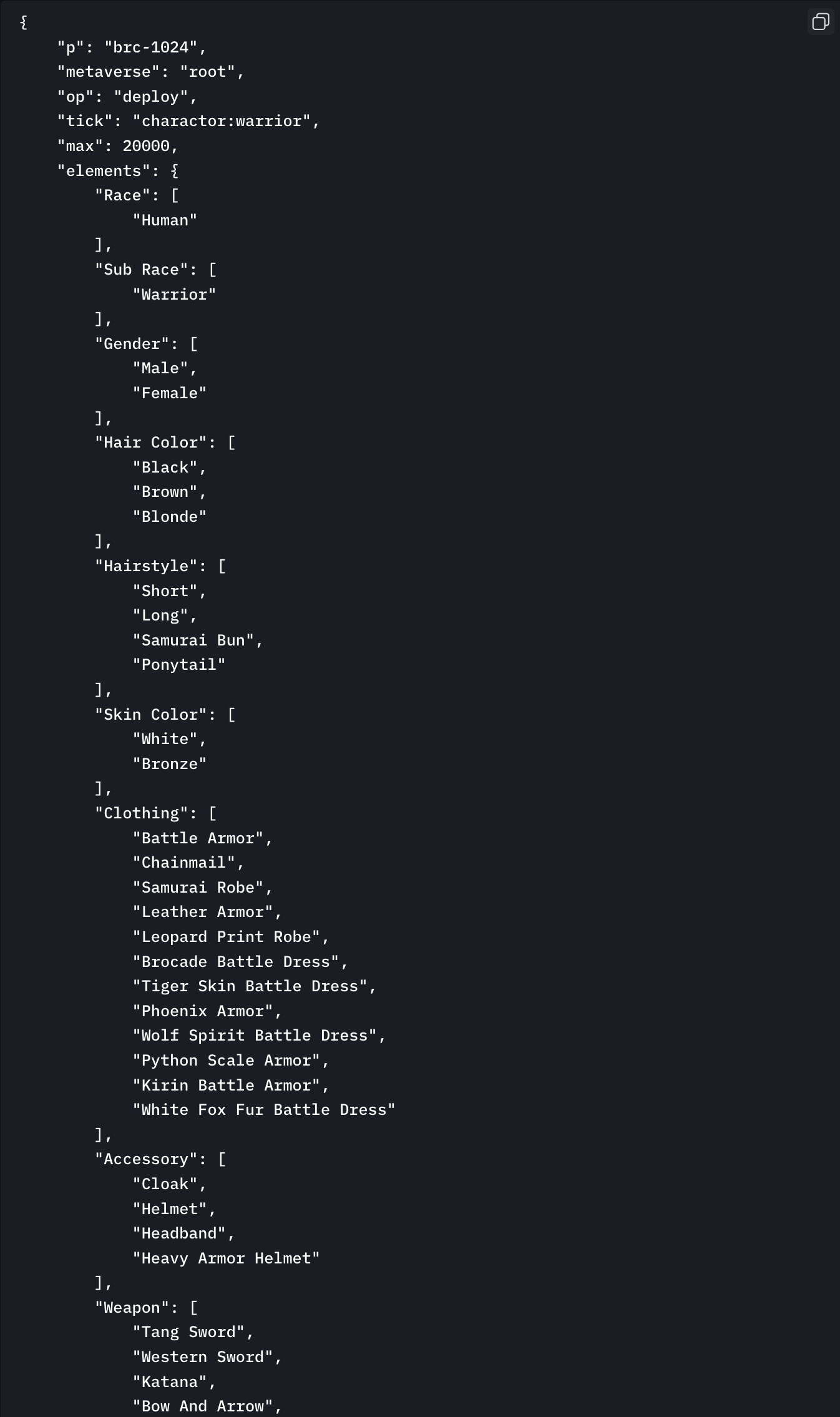
ROOT (officially named Rootverse) is the first metaverse established by the project using BRC1024, which specifies 21 tribes (i.e., races and corresponding sub-races), with different quantities for each sub-race. Players can forge for free, with a total of 210,000 character NFTs. As shown in the image below:
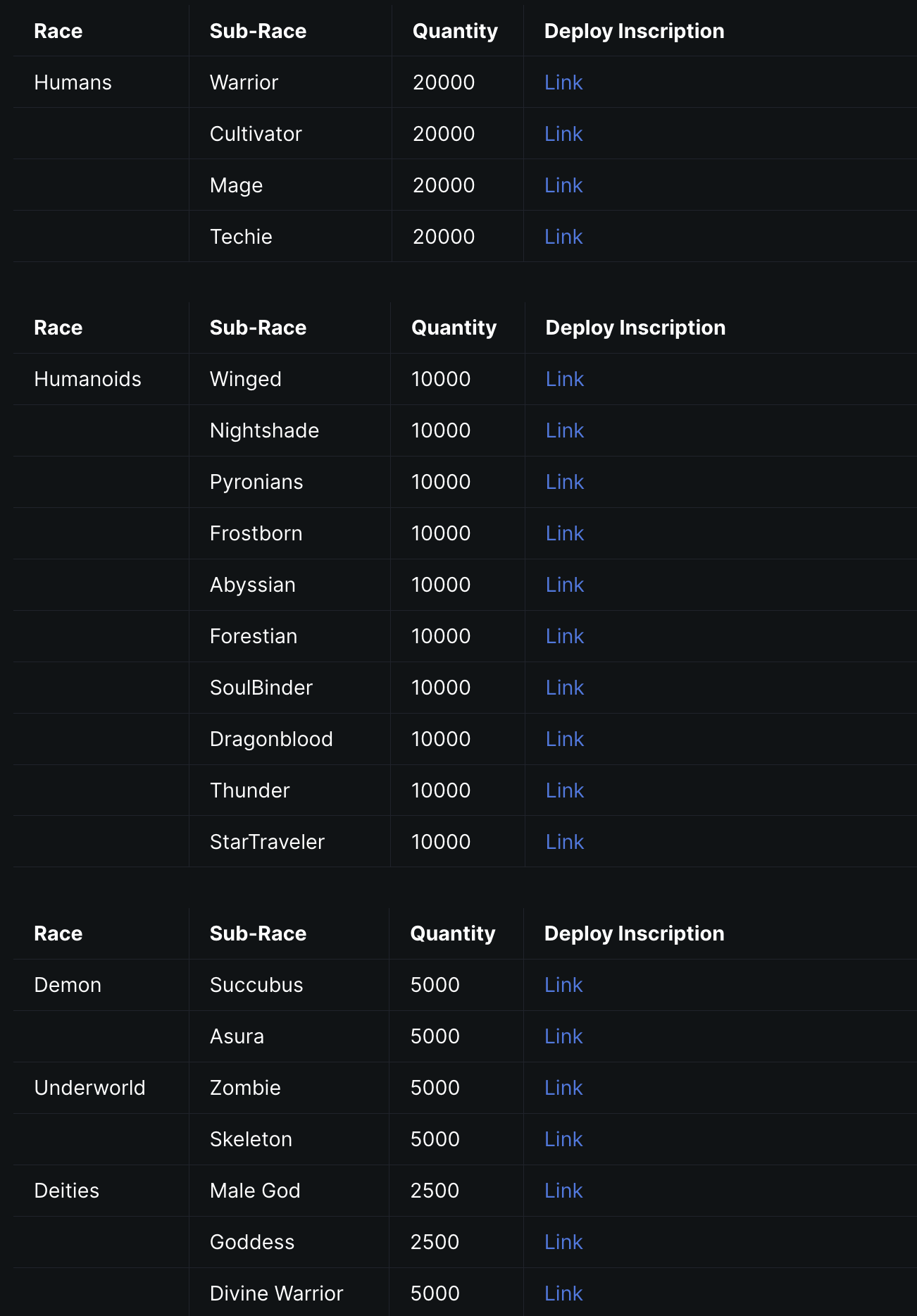
In summary, if BRC20 is used to engrave the code for issuing FT tokens into the segregated witness space to achieve the issuance of FT codes, then BRC1024 is used to engrave the code for issuing metaverse components into the segregated witness space to achieve the issuance of metaverse components, and ROOT is the engraving of the "character race" component. This is the embodiment of the combinability of "铭文."
Universal State Machine for On-Chain Games
Now that we have maps, characters, and equipment for the metaverse, can we create a complete blockchain game based on the BTC chain? If we only focus on the asset (including NFT assets and FT assets) on-chain GameFi route, the current infrastructure is sufficient. However, for more crypto-native on-chain games (autonomous worlds), it is not enough.
Dojo in the Ethereum ecosystem first proposed the concept of "Provable Onchain Game," which is a framework for on-chain game development. It is a community-built, verifiable game engine and toolchain for building on-chain games and autonomous worlds. Dojo allows the verification of game states and calculations without a large consensus mechanism. Games written in languages such as Cairo, Noir, or running RISC-Zero can run independently on a standalone zkVM similar to a browser, with verifiable outputs ensuring real execution. In other words, off-chain calculations are performed using an efficient VM, and on-chain verification is done to ensure the authenticity and validity of the results, achieving "trustlessness" and "decentralization."
Redux Protocol (@AutonomousRedux) referenced the concept of Provable Onchain Game from Dojo, using the Ordinal theory to implement an on-chain game development framework in the BTC ecosystem. Although the BTC chain has a long block time of 10 minutes and no smart contract functionality, to implement on-chain games in the BTC ecosystem, it can only be done through the pattern of off-chain calculation and on-chain verification.
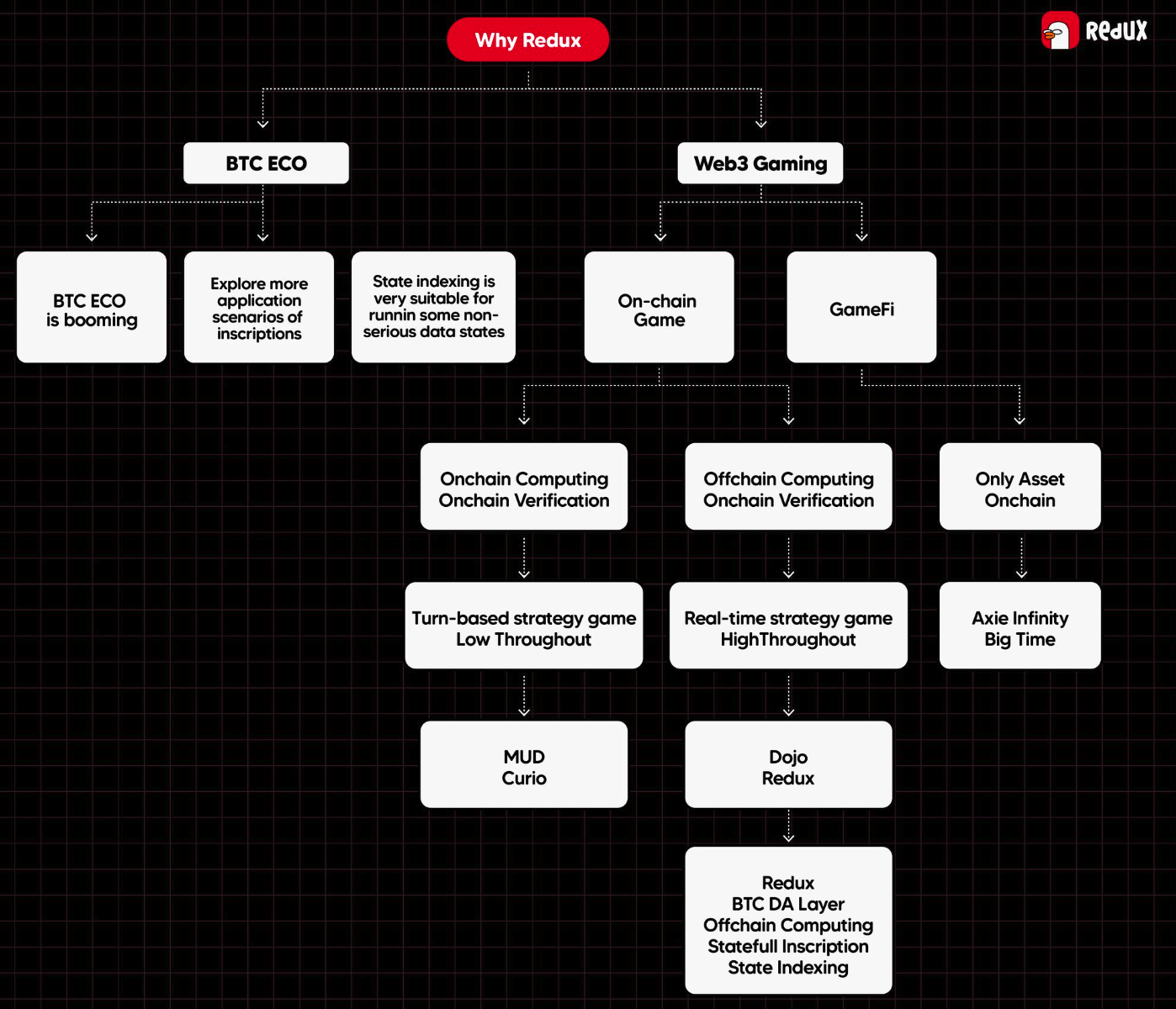
The interesting part is that Redux has expanded the use cases of "铭文." As we all know, "铭文" was previously mainly used for coin issuance, either as Ordinal NFT tokens or FT tokens like BRC20. Redux combines Merkle trees and "铭文," proposing the concept of stateful inscription. This involves modeling and storing the attributes of characters and equipment in the game using a Merkle tree and ensuring the immutability of the data. Any change in one place will change the root hash.
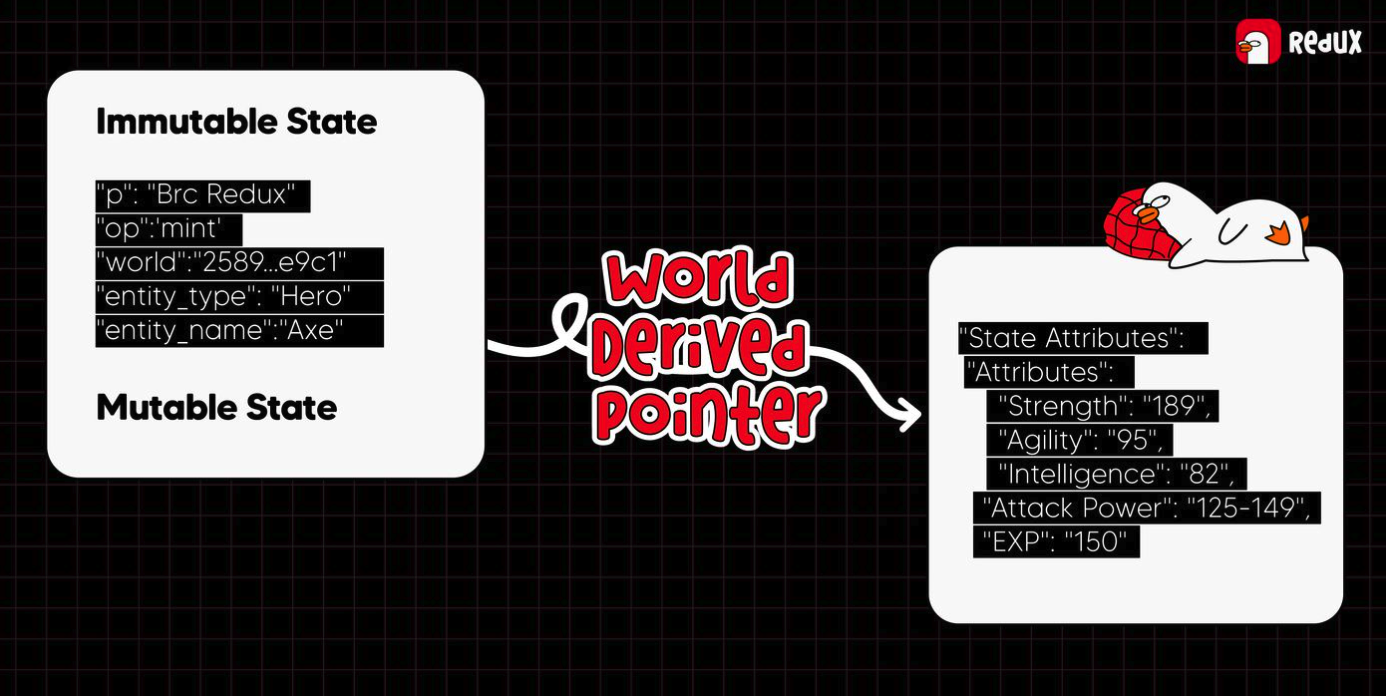
The specific approach is to divide stateful inscription into two parts: "immutable state," such as the health value, armor value, attack value of a weapon, etc., is recorded on the BTC blockchain using "铭文." The other part is "mutable state," such as the specific data of the previously mentioned health value, armor value, and attack value, which will change as the game progresses. These data are calculated and processed by off-chain indexers. The "铭刻" itself actually stores a pointer that points to the mutable state set of that "铭文."
Developers are responsible for building the basic framework of the world and its stateful inscriptions. This includes defining which states are immutable (static) and which states are mutable (dynamic), as well as establishing the logic for user interaction with stateful inscriptions. The Redux protocol provides a runtime environment that allows developers to customize the way players interact with stateful inscriptions. Players then experience the game by interacting with the stateful inscriptions.
In terms of technical approach, it is somewhat similar to Dojo or Paima. Dojo uses ZKP to create verifiable on-chain games, Paima uses NFT state compression to create verifiable on-chain games, and Redux uses stateful inscriptions (using Merkle trees) to create verifiable on-chain games. Another difference is that Dojo uses Starknet as the DA layer, Paima uses its sovereign rollup as the DA layer, while Redux uses the DA layer of the BTC ecosystem.
In summary, we found that the above projects are exploring different aspects of games using the Ordinal protocol: Ordz engraves the code of web games onto the chain, Bitmap maps BTC blocks as a random data source into map NFTs, ROOT engraves characters and equipment onto the chain in a code-based manner, and Redux engraves verifiable data of the state machine onto the chain. If we were to make comparisons with projects in the Ethereum ecosystem, Ordz can be compared to TreasureDAO, Bitmap to SandBox and DecentraLand, ROOT to LOOT, and Redux to Dojo and Argus.
References
https://www.panewslab.com/zh/articledetails/leqfrx2o.html
https://rcsv.gitbook.io/brc-420/
https://www.panewslab.com/zh/articledetails/22531q6583yt.html
免责声明:本文章仅代表作者个人观点,不代表本平台的立场和观点。本文章仅供信息分享,不构成对任何人的任何投资建议。用户与作者之间的任何争议,与本平台无关。如网页中刊载的文章或图片涉及侵权,请提供相关的权利证明和身份证明发送邮件到support@aicoin.com,本平台相关工作人员将会进行核查。




